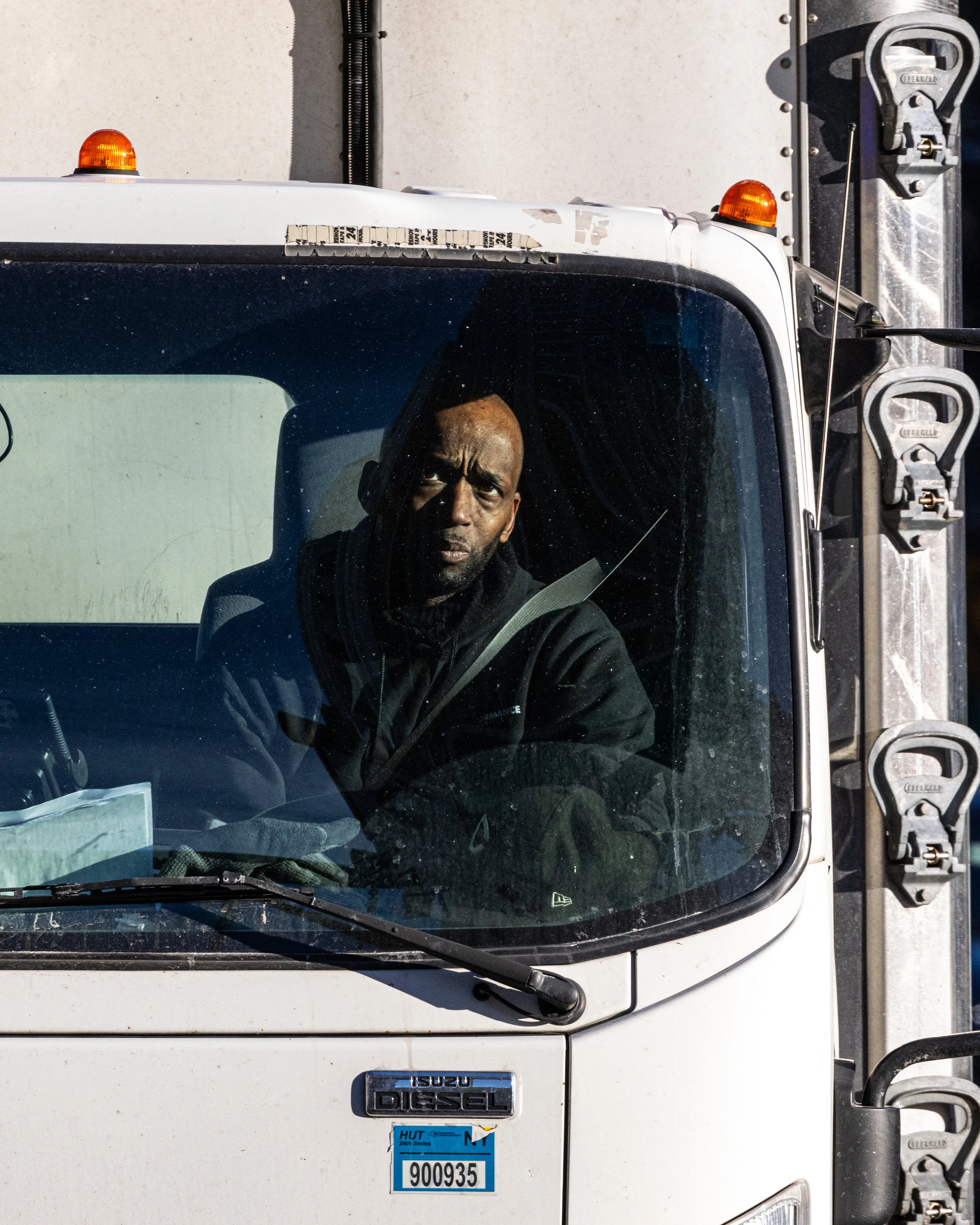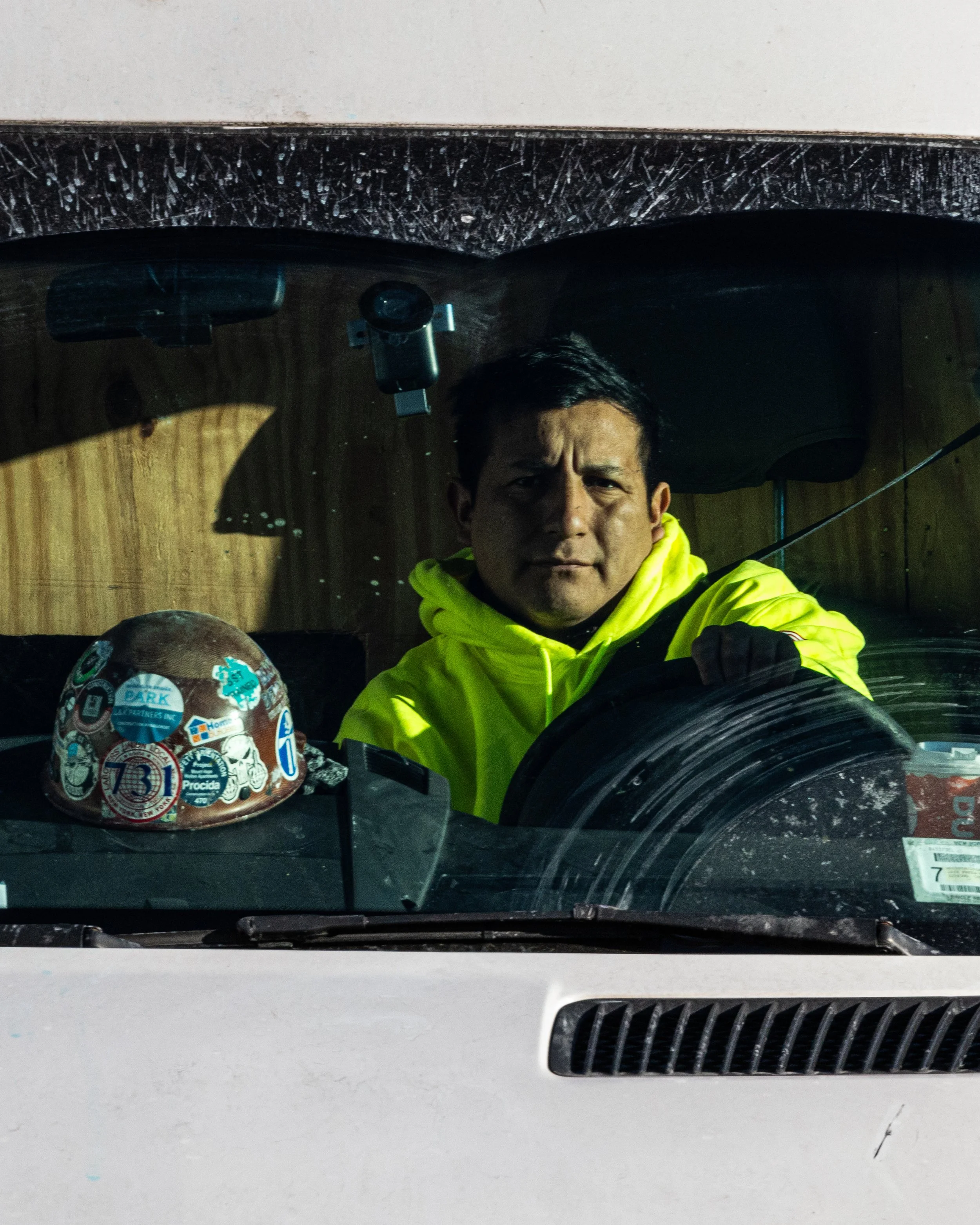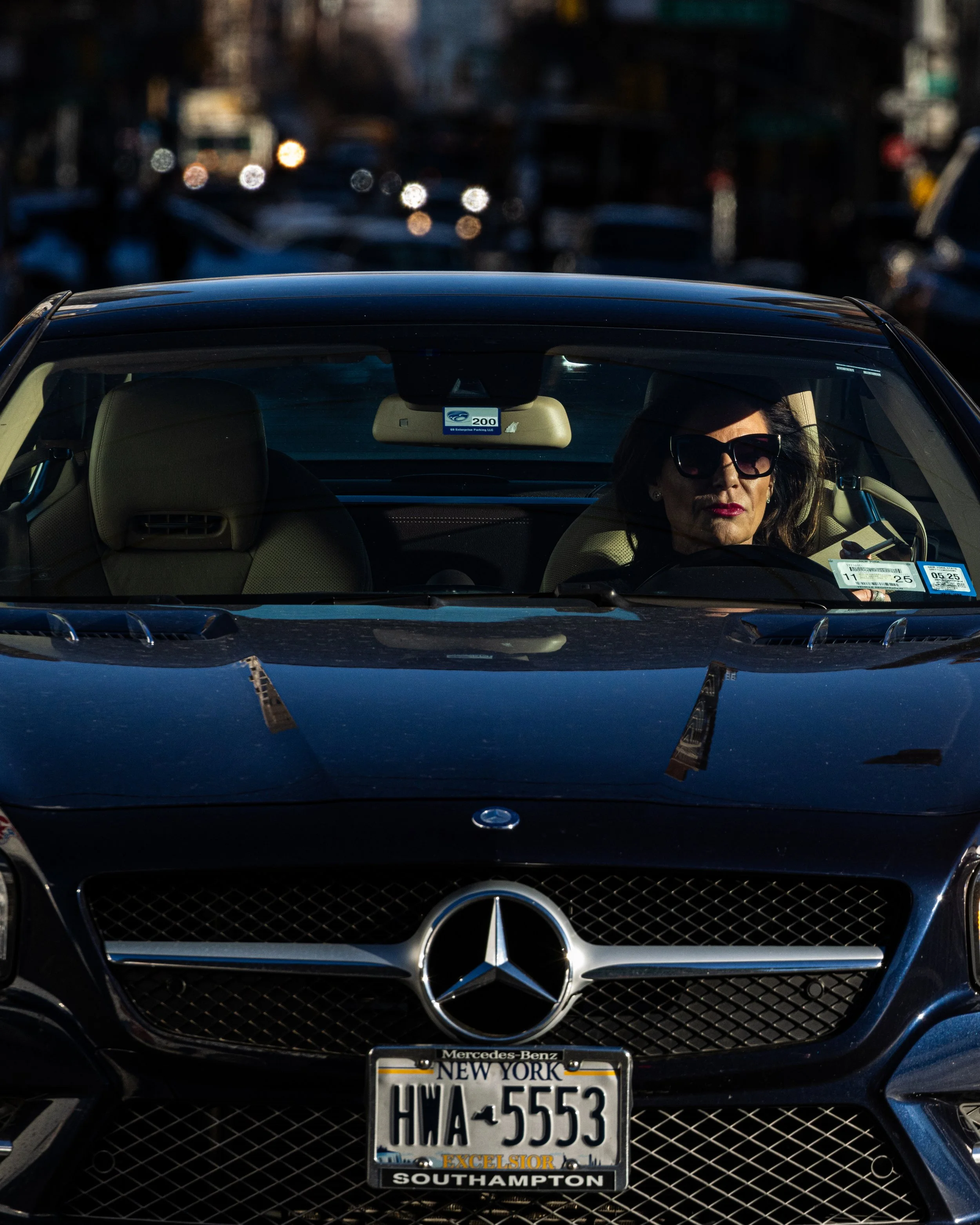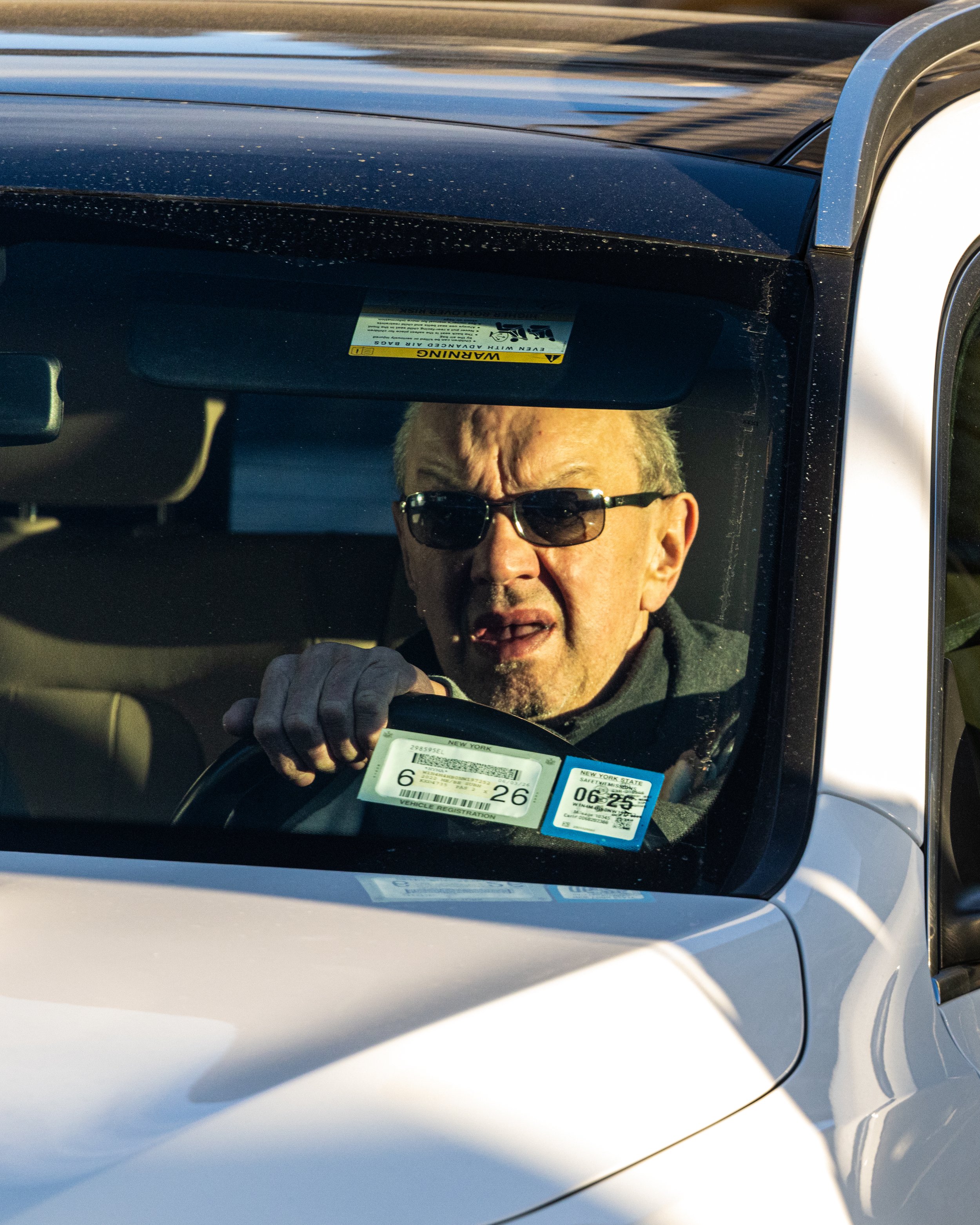
Facing Congestion Prices: The full range of views from behind the wheel
Never mind that it was more than a decade in the making, studied to death. Since January 5, every New Yorker has abruptly become a policy expert when it comes to congestion pricing. The new toll on cars entering the portion of Manhattan below 60th Street is the end of civil liberties, or a cash grab, or the death of the working class, or the salvation of the MTA, or a corrective to decades of car-centric policy, or — just maybe — a straight-forward way to ease traffic and clear the air a little.
The earliest anecdotal experiences suggest that the program is doing what it’s supposed to, perhaps better than expected. A few commuters said that they sailed through the tunnels in the toll’s first week, facing far less traffic than usual. (Others dissented, saying nothing had changed.) The photographer Alex Kent, self-stationed at the edge of the fare zone to catch the faces of drivers as they paused at stoplights, saw every possible reaction: zoned-out, scowling, resigned, content.
One suspects that, after six months, this will be like Michael Bloomberg’s ban on smoking in bars and restaurants. When that law took effect in 2003, it too was decried as a business killer, an overreaching, scoldy approach to behavior modification, an imposition on one’s God-given right to a Marlboro. A year or so later, virtually everyone had accepted it, and a great many nonsmokers realized their liberties had expanded rather than contracted. They had regained the right to breathe free.














